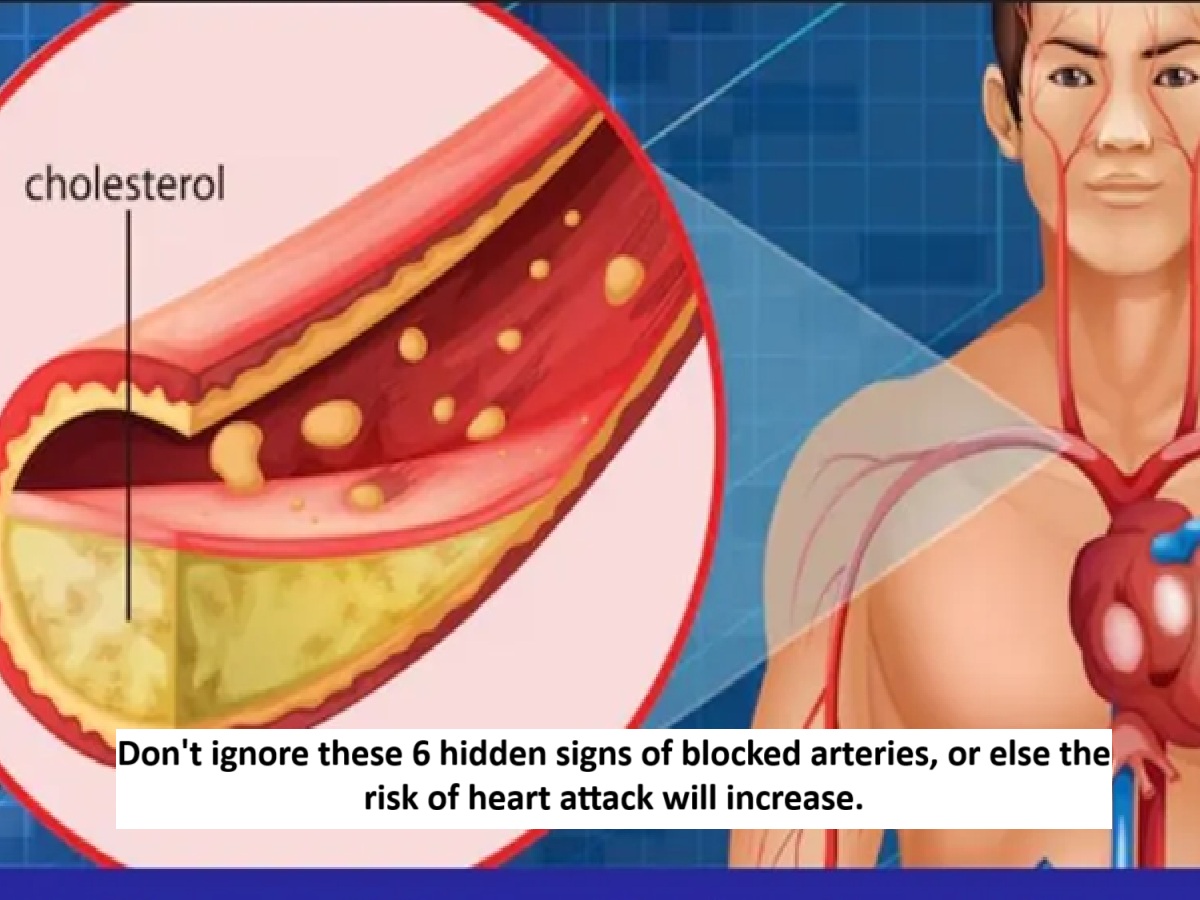
News Topical, Digital Desk : Despite having a blocked artery, people often remain unaware until a heart attack or stroke occurs. Before this, they often feel completely healthy. This is because even when arteries are more than 50% blocked, no serious symptoms of artery blockage appear.
In fact, the signs of artery blockage are so minor that they often go unnoticed. Often, people ignore them, thinking they're minor problems, which can lead to worsening blockages. Therefore, it's important to recognize the warning signs of artery blockage. Let's learn about these symptoms.
Silent signs of blocked arteries
- Unexplained fatigue: If seemingly effortless, everyday tasks like bathing, changing clothes, or even a light walk cause extreme fatigue, it's cause for concern. When arteries become blocked, the heart has to work harder to deliver oxygen to the body. This directly impacts energy levels, and the person often feels tired.
- Chest pain or discomfort— This is a key sign of reduced blood flow to the heart. It doesn't always have to be a sharp pain. It can often feel like heaviness, burning, pressure, tightness, or bloating in the chest. This discomfort usually occurs during physical or emotional stress and subsides with rest.
- Shortness of breath - If you feel short of breath while doing even light work, climbing stairs, or lying in bed, it could be a sign of heart failure. Blocked arteries can cause the heart to be unable to pump blood properly from the lungs to the body, leading to shortness of breath.
- Dizziness or lightheadedness - Dizziness can be caused by insufficient blood supply to the brain. If you feel dizzy after standing up suddenly or even with slight exertion, don't take it lightly.
- Cold hands and feet – This is a common symptom of blockage in the arteries of the legs. You may also experience pain, cramps, or numbness in your legs, especially when walking.
- Slow wound healing: Wounds on the feet or ankles that take longer to heal than usual can also be a sign of poor blood circulation. Blocked arteries prevent adequate nutrients and oxygen from reaching the affected area, slowing down the tissue repair process.
Read More: Want to get relief from migraine without medication? Make these small lifestyle changes today.
--Advertisement--

 Share
Share



